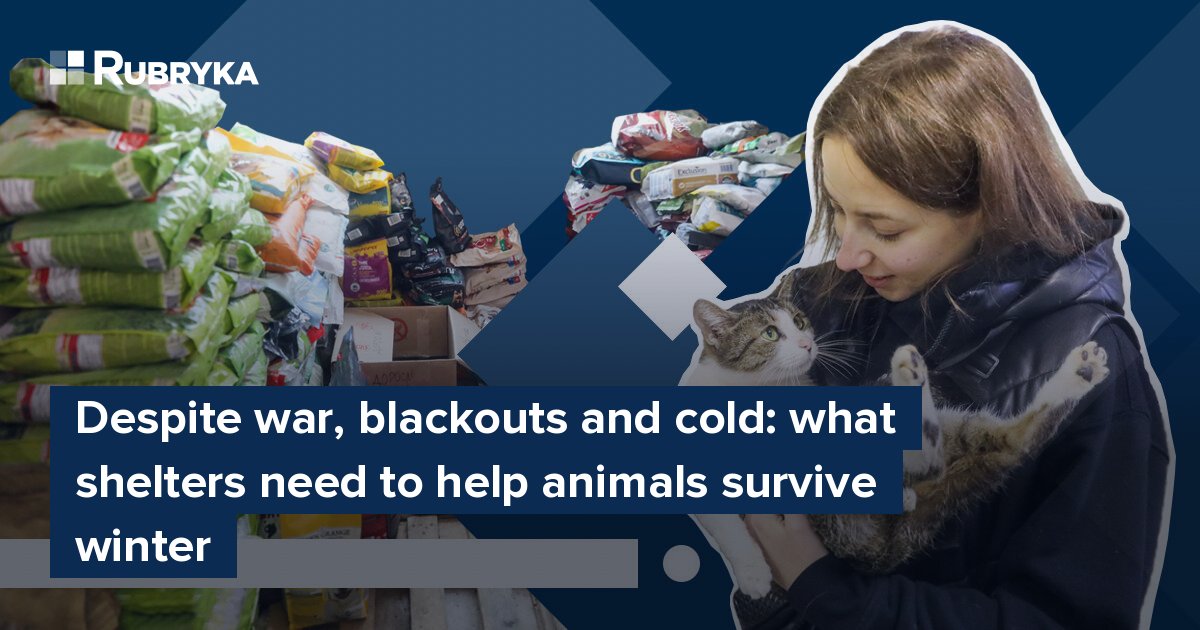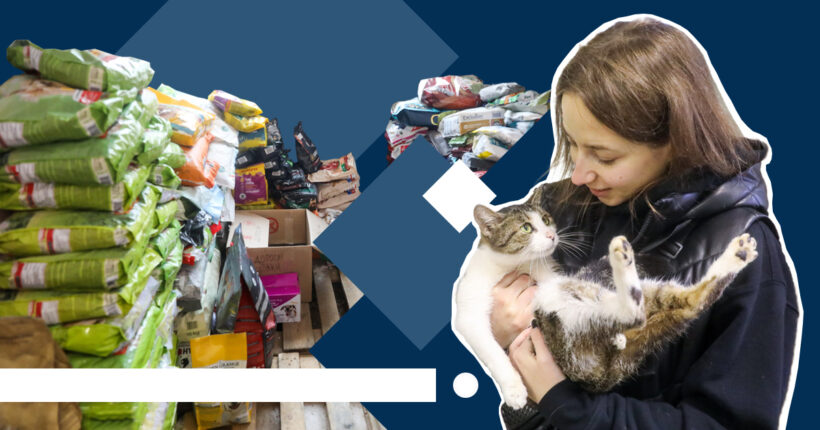
The temporary animal shelter VDNG was opened amid a full-scale war — on March 31. The enclosures were built quickly from materials at hand — mostly from boards (the result looks much more comfortable than metal cages). There are enclosures inside the rooms of the building, which, apparently, was previously used as an office space.
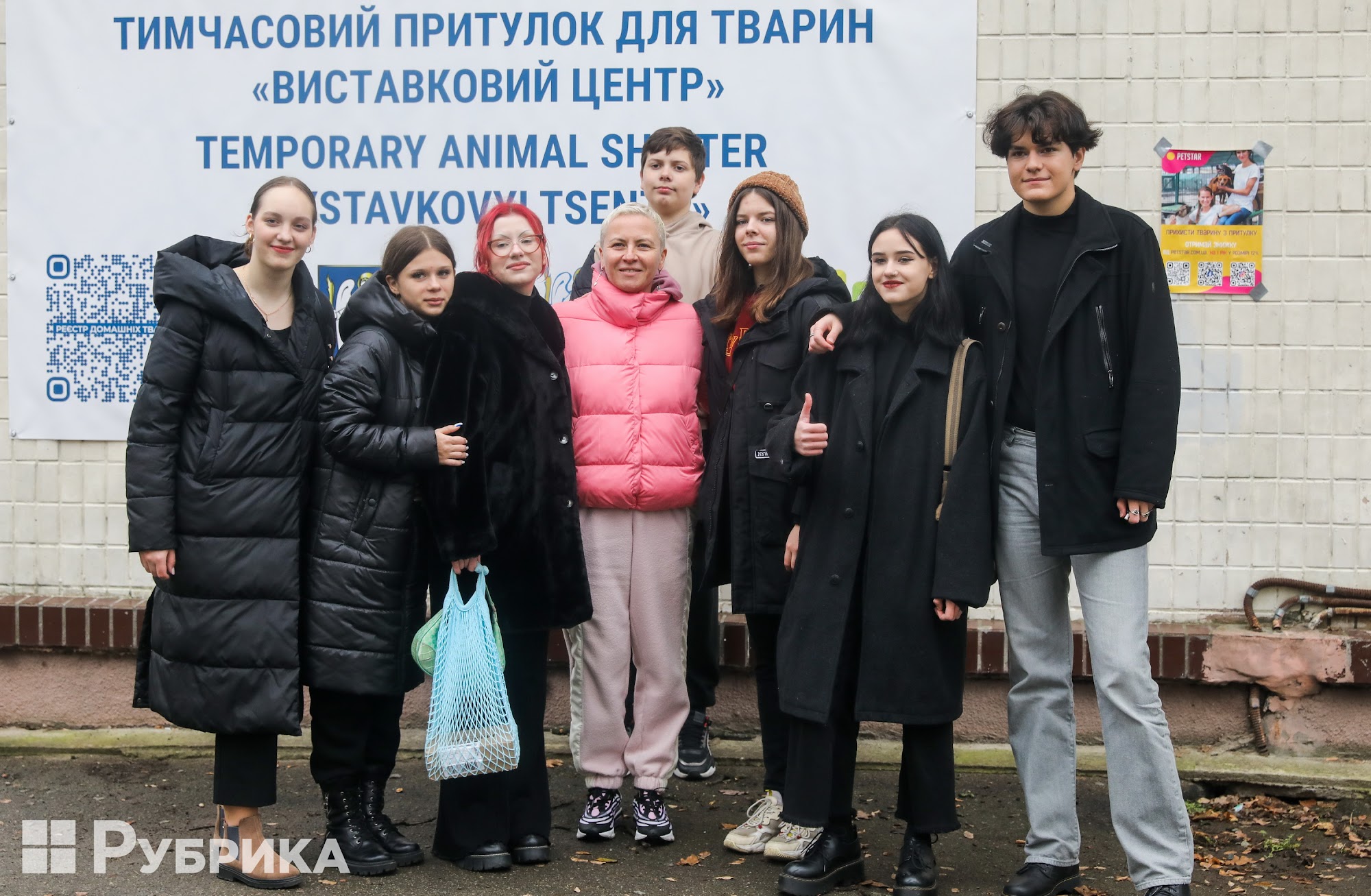
The name "temporary" shelter is not accidental: "To make it clear that this is a temporary shelter, and so that dogs and cats do not live here all their lives, as often happens in shelters, but find a loving family," explains Natalia, doctor-veterinarian and head of the communal enterprise "Kyiv city hospital of veterinary medicine."
Now 38 dogs and 28 cats live in the shelter, and since March, more than 300 animals have found a new home. The peculiarity of this place is that everyone can try on the role of a dog owner by taking the animal for a walk. As it turned out, such a decision brings not only pleasant leisure for a person but also many other bonuses.
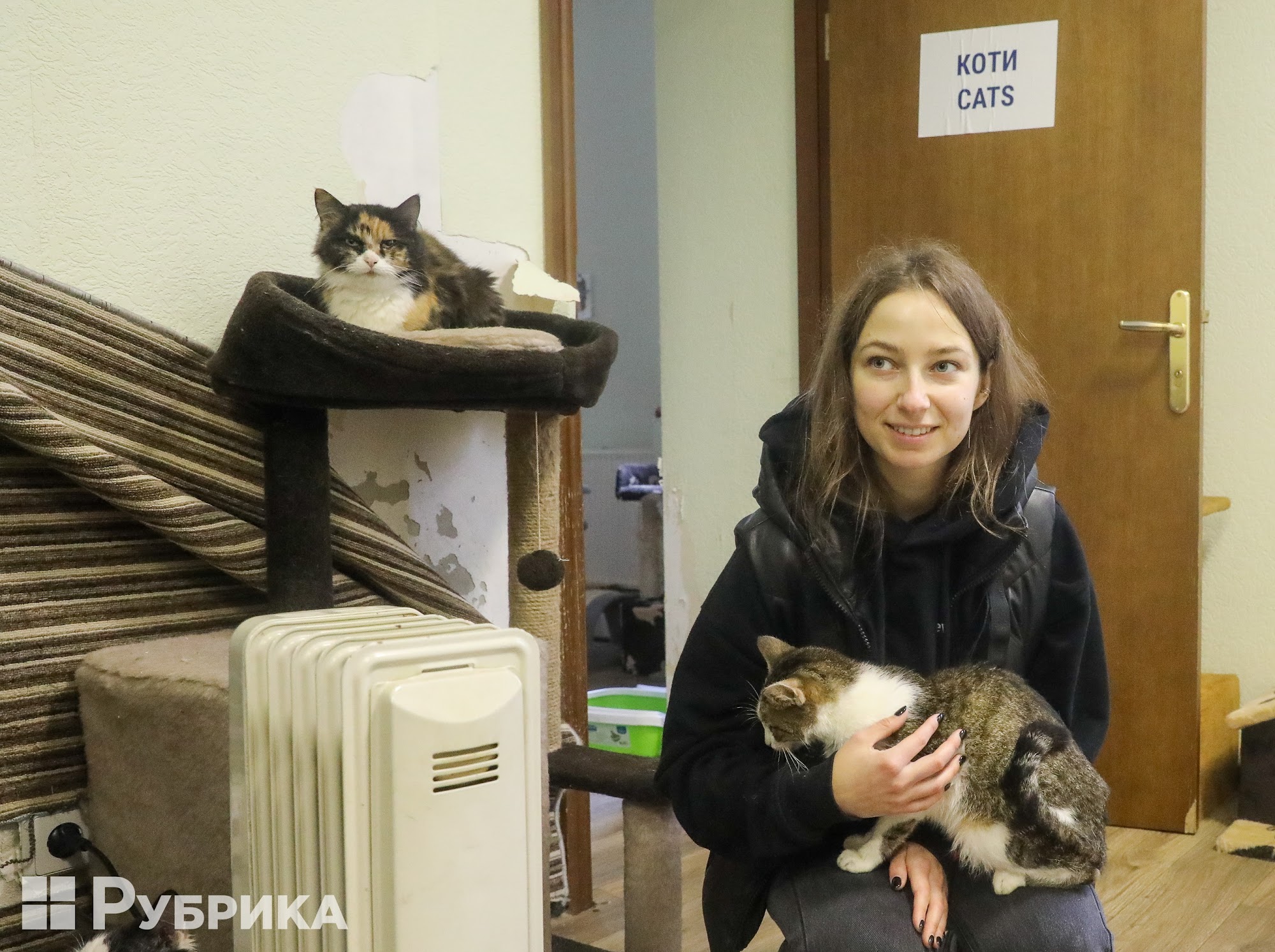
Rubryka decided to visit the shelter to find out how the dogs from the shelter go for walks and how the temporary animal shelter functions in the absence of electricity and heat.
What is the problem?
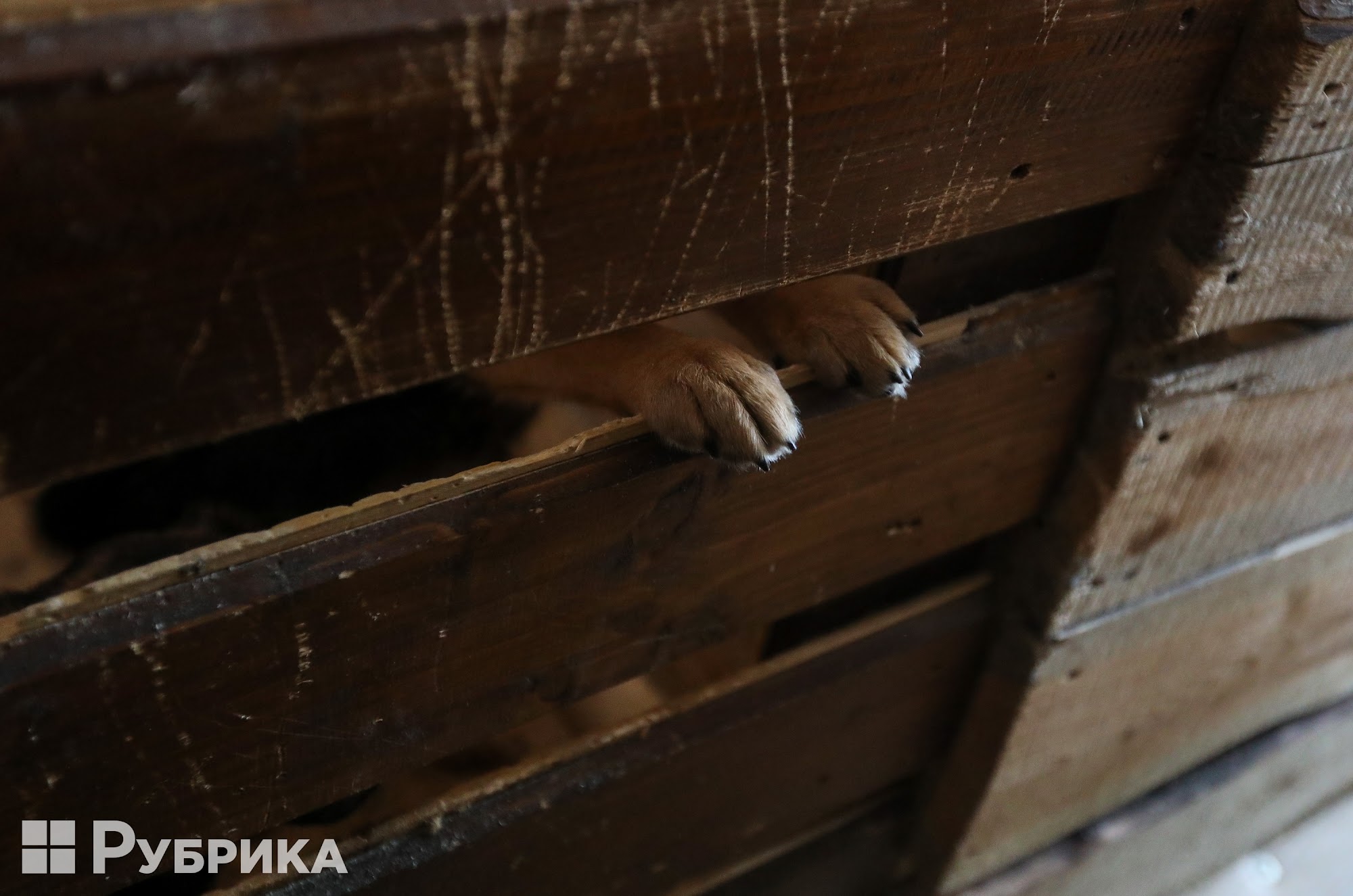
In the summer, open days created a real stir near the shelter. The narrow corridor was crowded, and to get into the enclosure, you had to stand in line. Already after lunch, the animals were so tired of the visitors that, having enough walking, they lay, almost not reacting to people.
Now, when the sun does not shine so brightly, and to go outside, you need to gather all your will into a fist before meeting with a cold wind and chilly weather, the number of visitors to the shelter has noticeably decreased. This was also discussed in the shelter itself — with the first autumn cold snaps, the staff noticed that the enthusiasm of those who wanted to walk with the animals had noticeably diminished.
Difficulties also arise for other reasons — constant blackouts do not allow the room to be heated to a temperature comfortable for the animals, and all the work must be done during daylight hours.
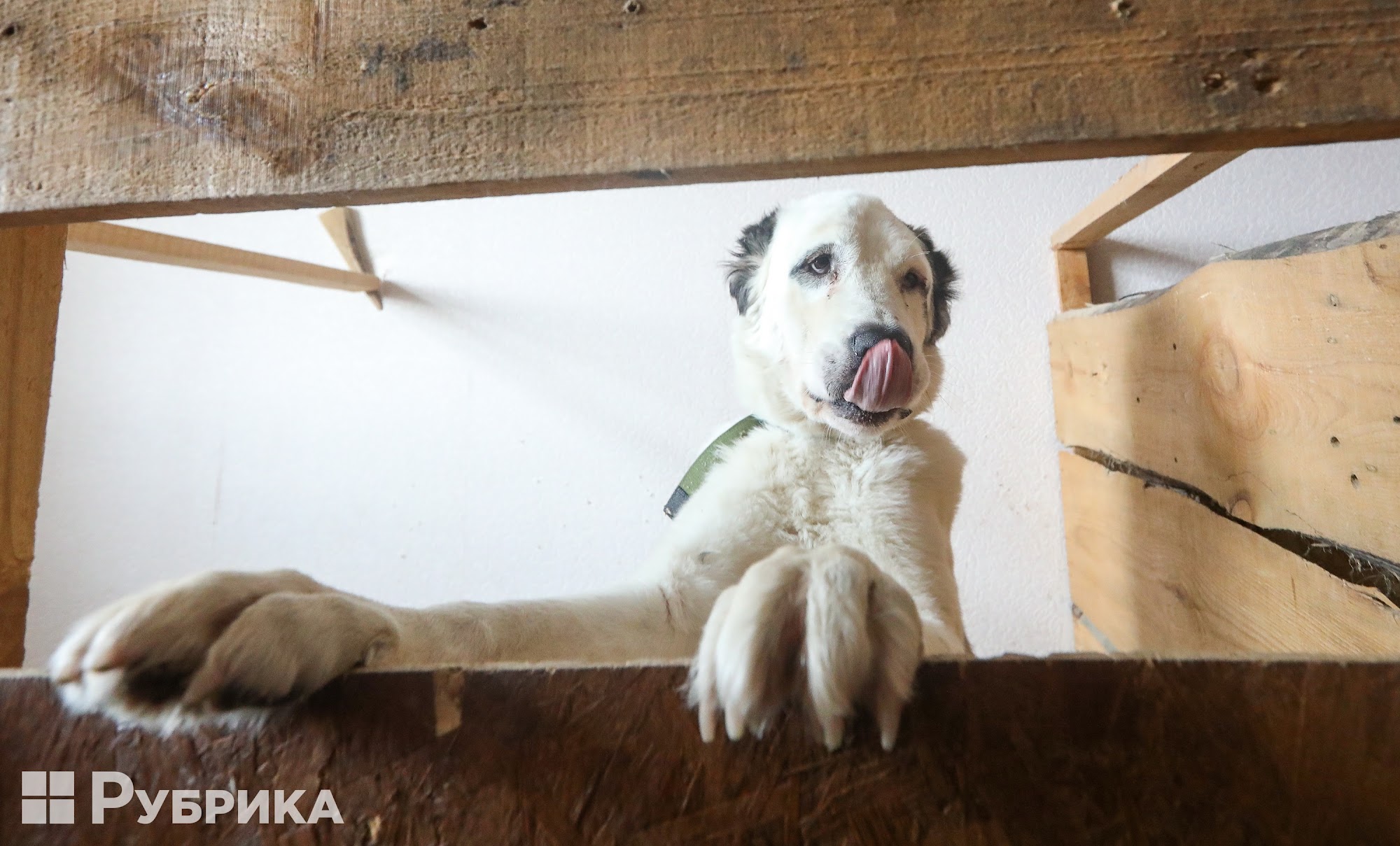
Our visit to the shelter happened on Friday at lunchtime. It was one of the last November warm days, and after meeting with Natalia, we went for a walk with Jack, the dog. In addition to the fact that a person and a dog during a walk can "take a closer look" at each other, the walks themselves are a useful activity; they perform another important function, more on that later.
What is the solution?
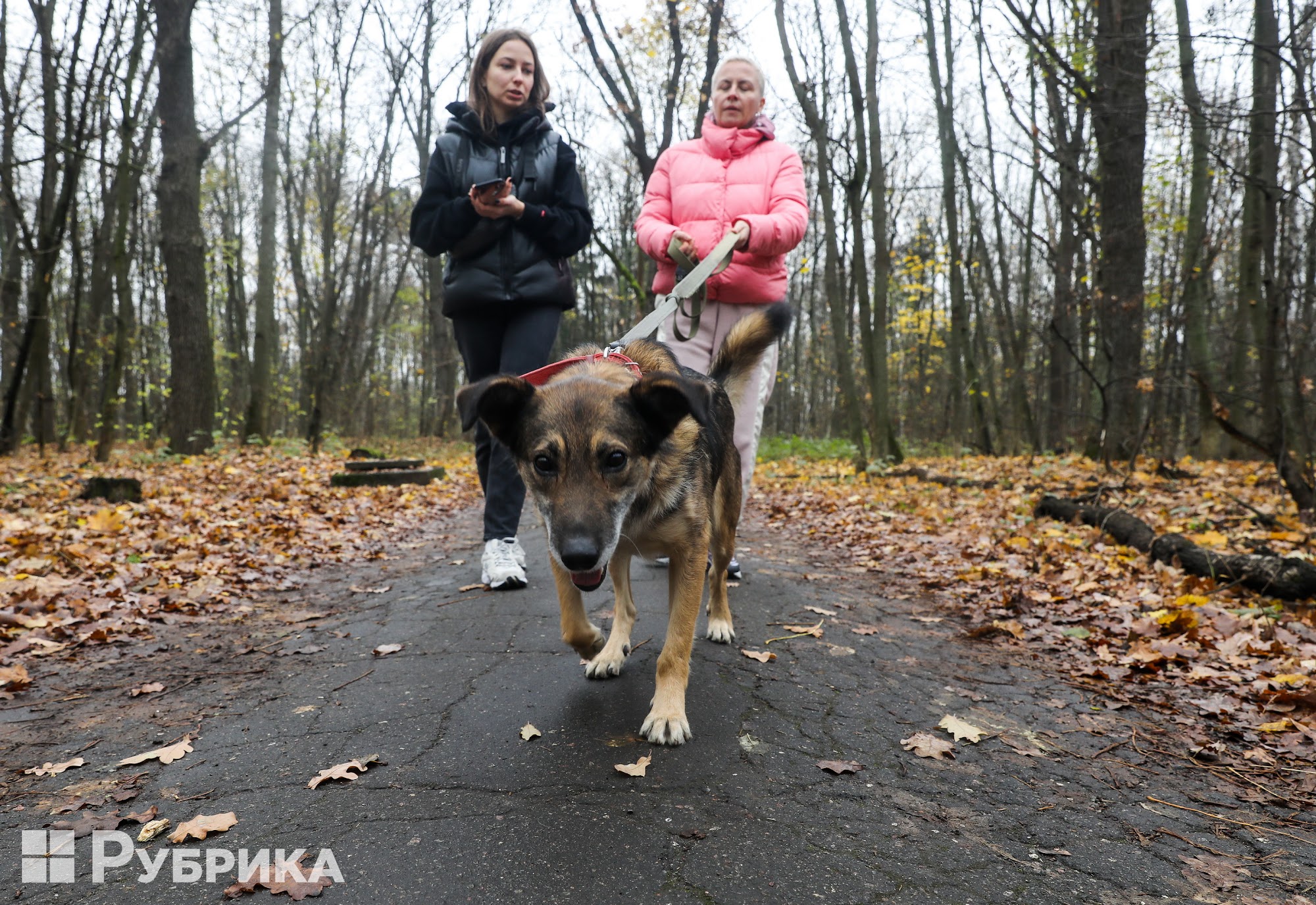
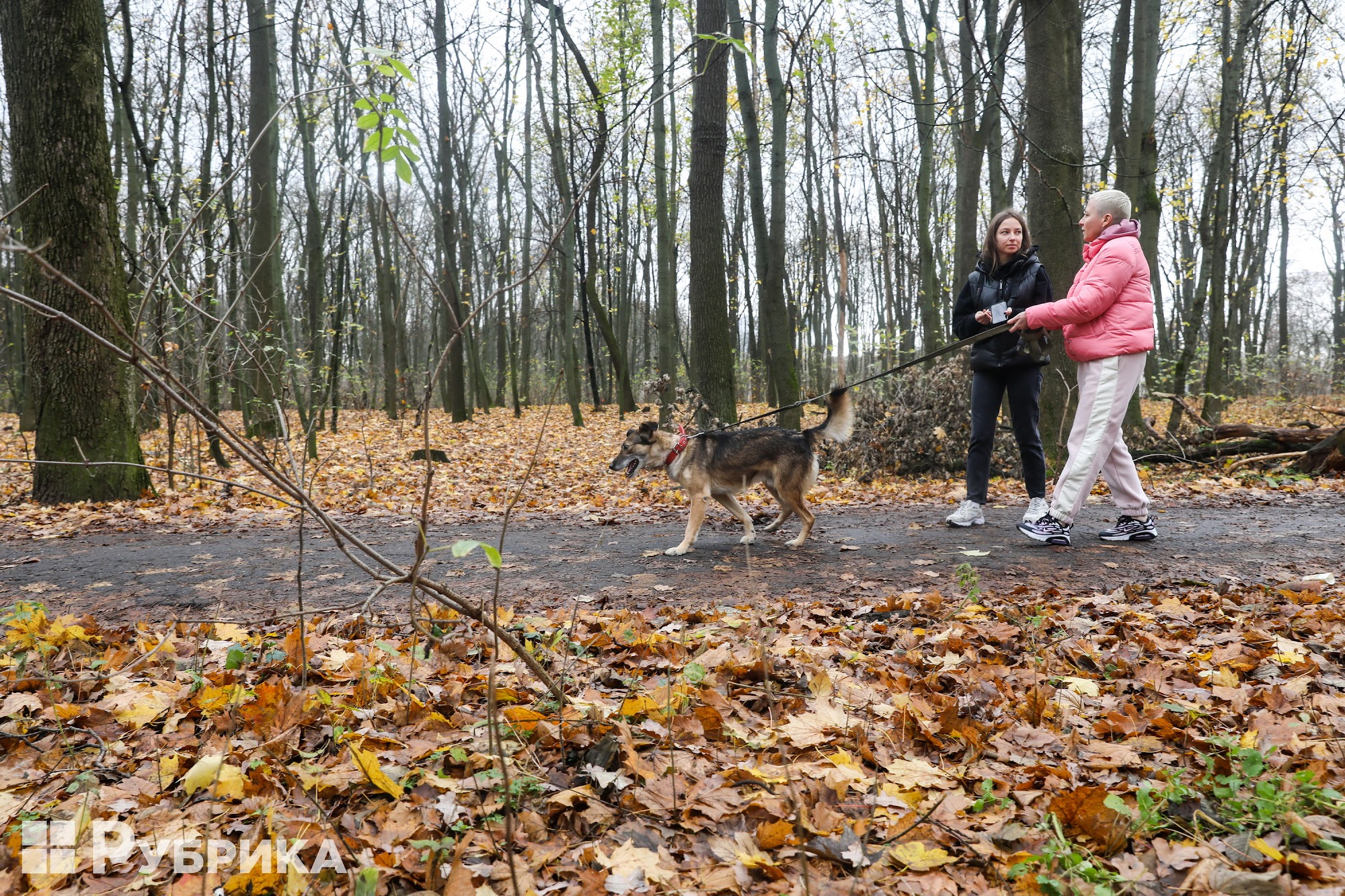
Our visit to the shelter happened on Friday at lunchtime. It was one of the last November warm days, and after meeting with Natalia, we went for a walk with Jack, the dog. In addition to the fact that a person and a dog during a walk can "take a closer look" at each other, the walks themselves are a useful activity; they perform another important function, more on that later.
Generators and LED strips
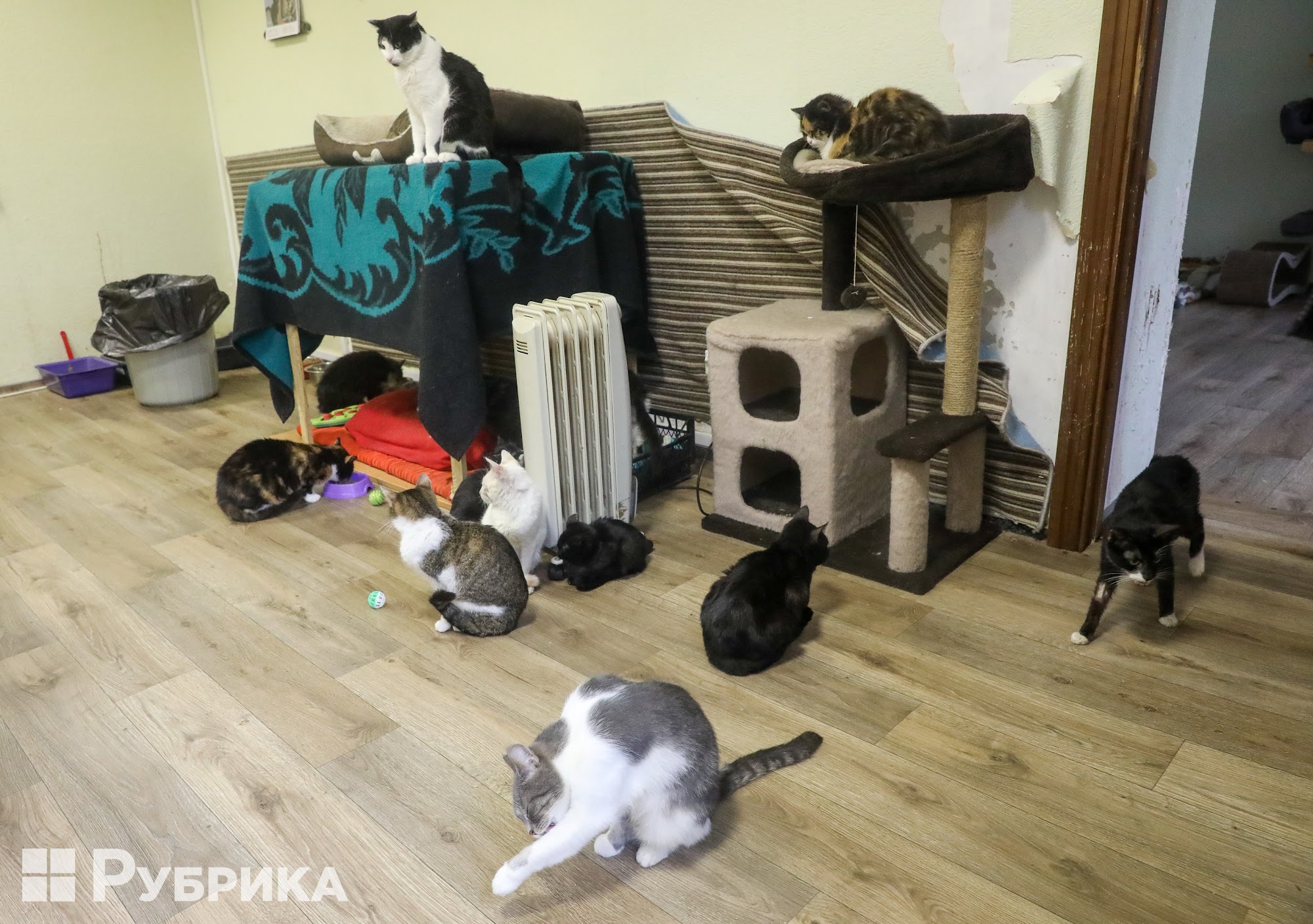
"Animals adapt faster to temperature changes than people," Natalia reassures. "But for cats, the minimum temperature must be at least 18 degrees, otherwise, they start to get sick."
It is relatively warm in the shelter right now, and the hottest temperature, surprisingly, is not in the staff break room but in the cats. Judging by the number of staff in the "cat room," people are more comfortable being there.
The room is heated by electric convectors, and so far, there is only one way out of the situation: to warm up the rooms as much as possible while there is electricity. But in case of emergency, the shelter has already prepared a generator.
The problem with the lack of electricity was solved creatively: one of the volunteers handed out autonomous LED strips in the shelter, and now, in the event of a power outage, the shelter staff will be able to care for the animals without hindrance, even in the dark. According to Natalia, this is the cheapest option for lighting.
We warm animals when the temperature drops
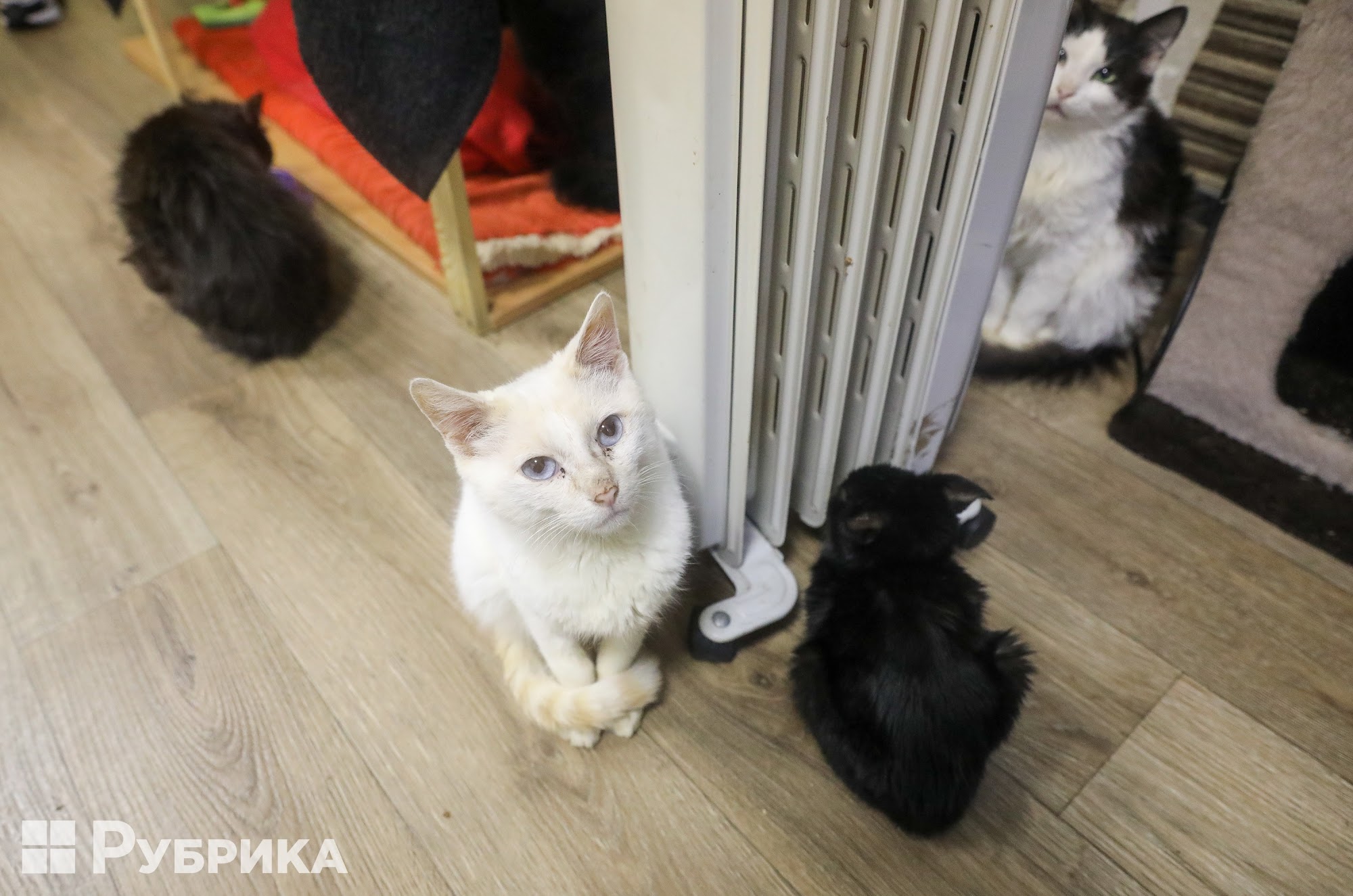
If you also keep animals, then with the first cold weather, ensure that they do not freeze in your home.
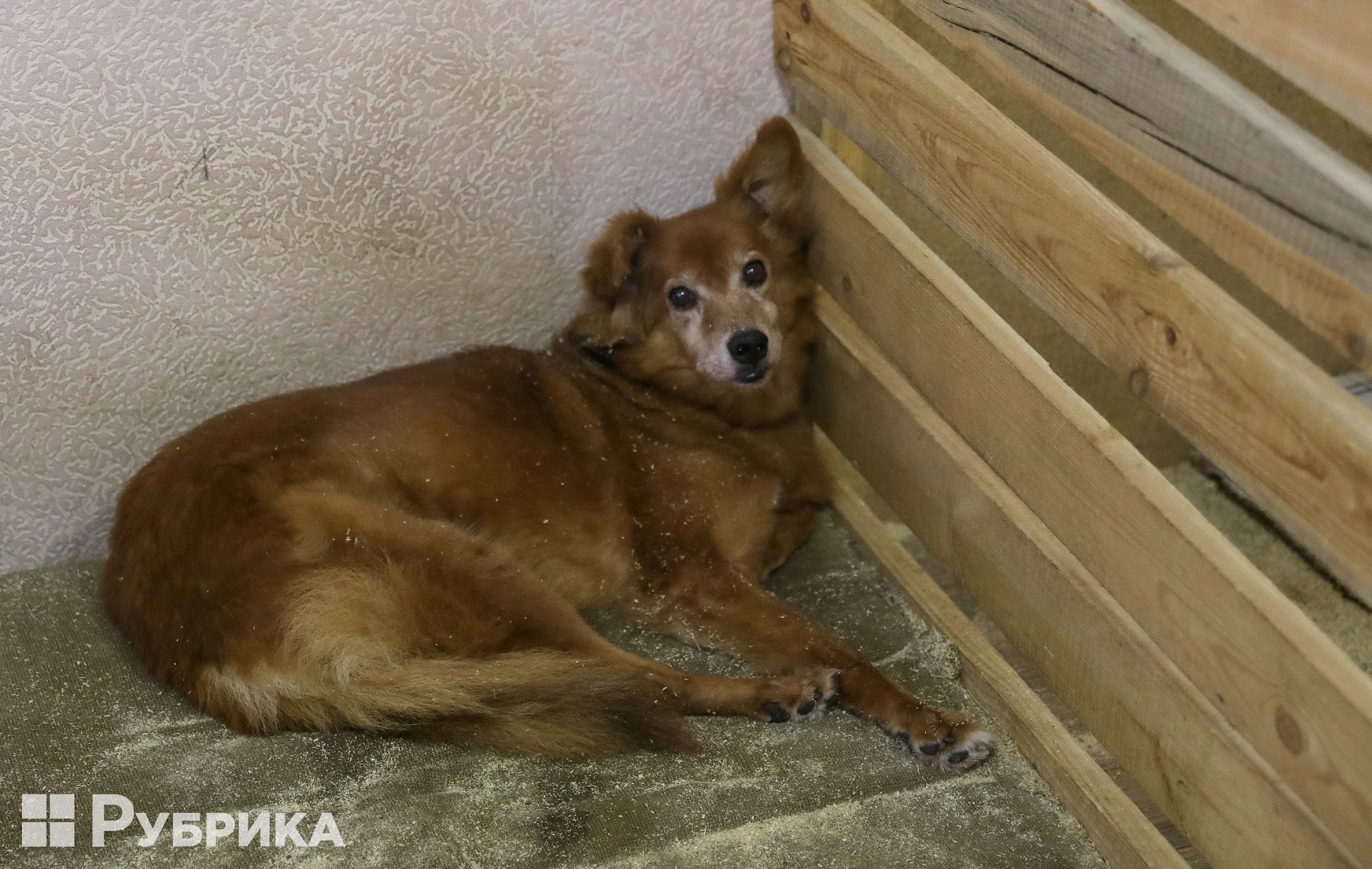
- Take care of a warm place for your pet. A warm couch can be equipped with a cover or blanket. Make sure that the pet's place is not in a draft.
- You can warm the animal with the help of heating pads, filling them with water of 38-40 degrees. A regular plastic bottle will do if there is no home heating pad.
Walking the animals and socialization
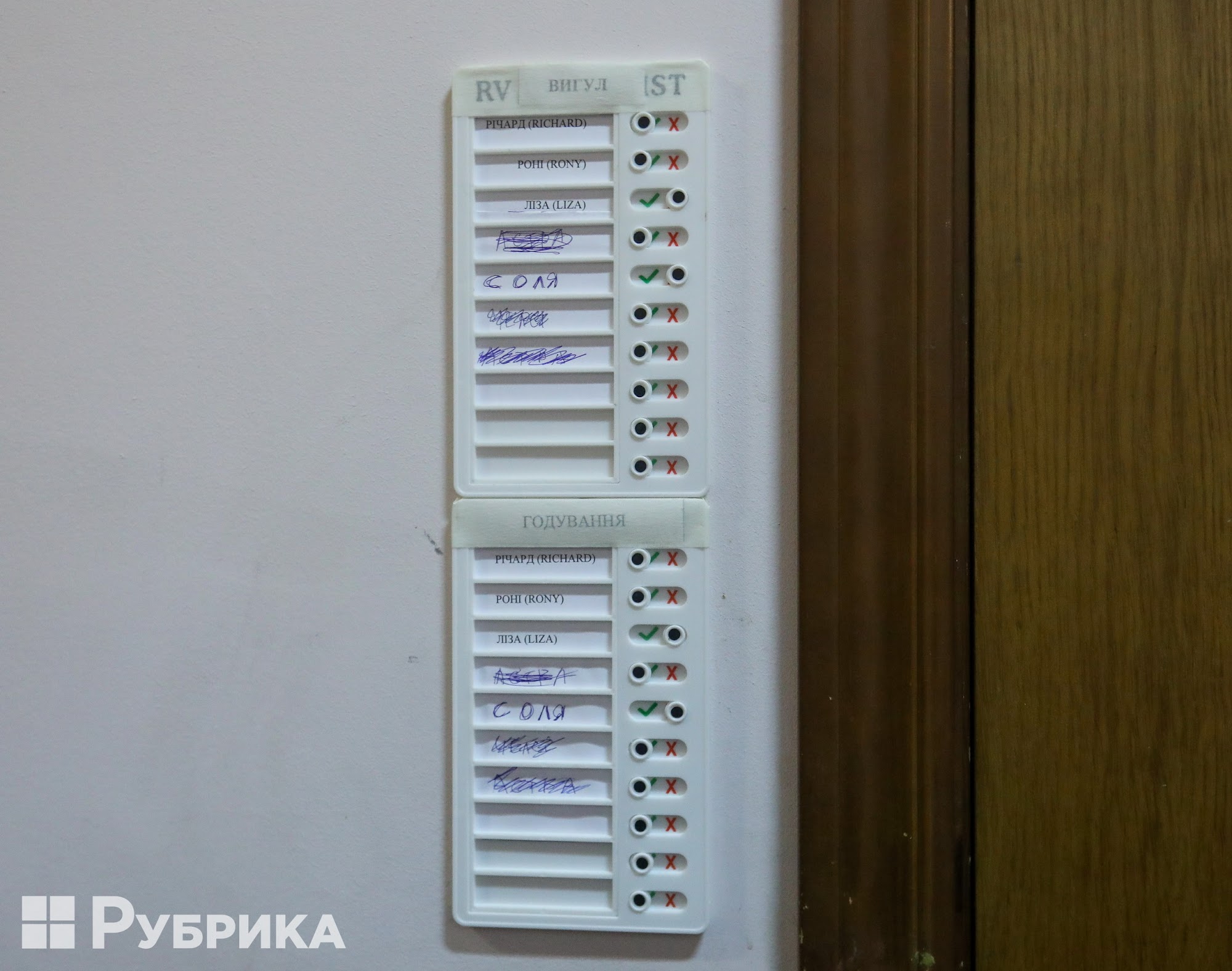
"Of course, we are determined to find homes for animals. But some people do not have such an opportunity but come to walk the dog. And this is also very important because this is how the animal socializes," Natalia explains.
Jack, whom Natalia took for a walk, is her own "shelter dog." Every "permanent" volunteer who regularly comes to walk the animal has one. There are about 60 of them in total.
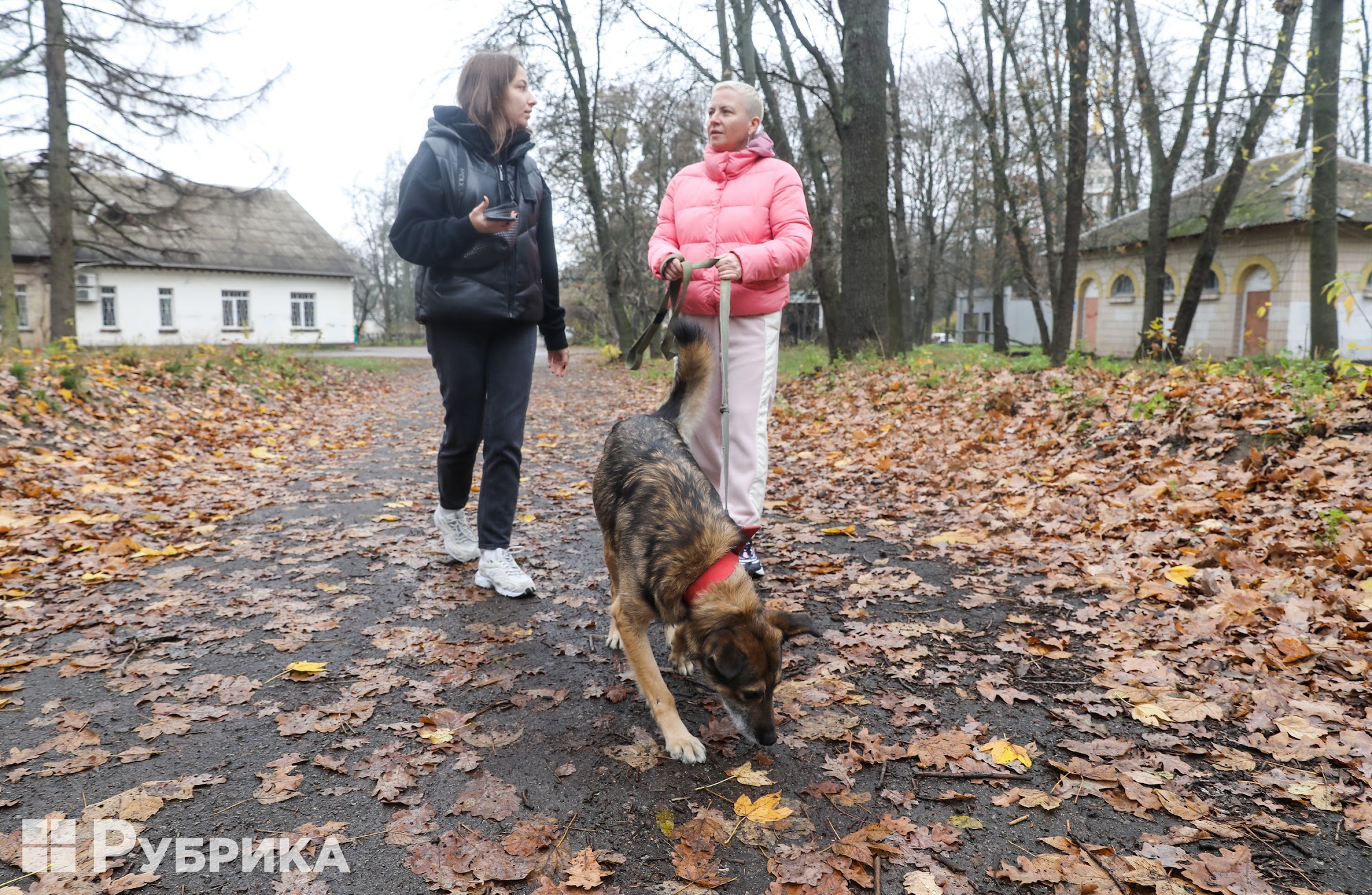
"Jack came from Hostomel, and when we received him, he was aggressive: he tried to bite me when they brought him into the enclosure," Natalia recalls. Now the dog can not be called aggressive.
A friendly animal happily jumps as soon as it goes for a walk, calmly reacts to others, is not at all afraid of people, and even gives a paw, but so far, only when it wants to.
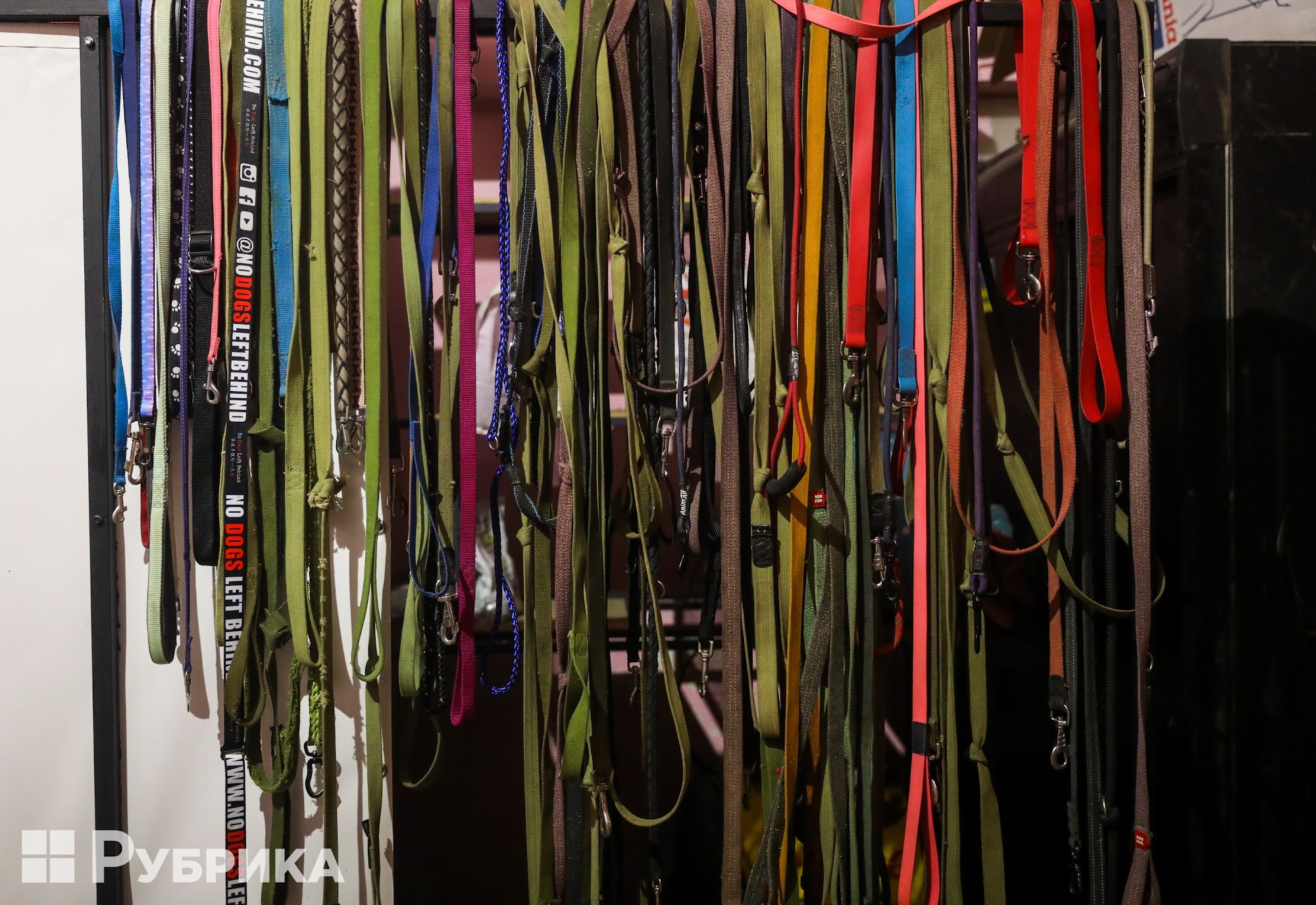
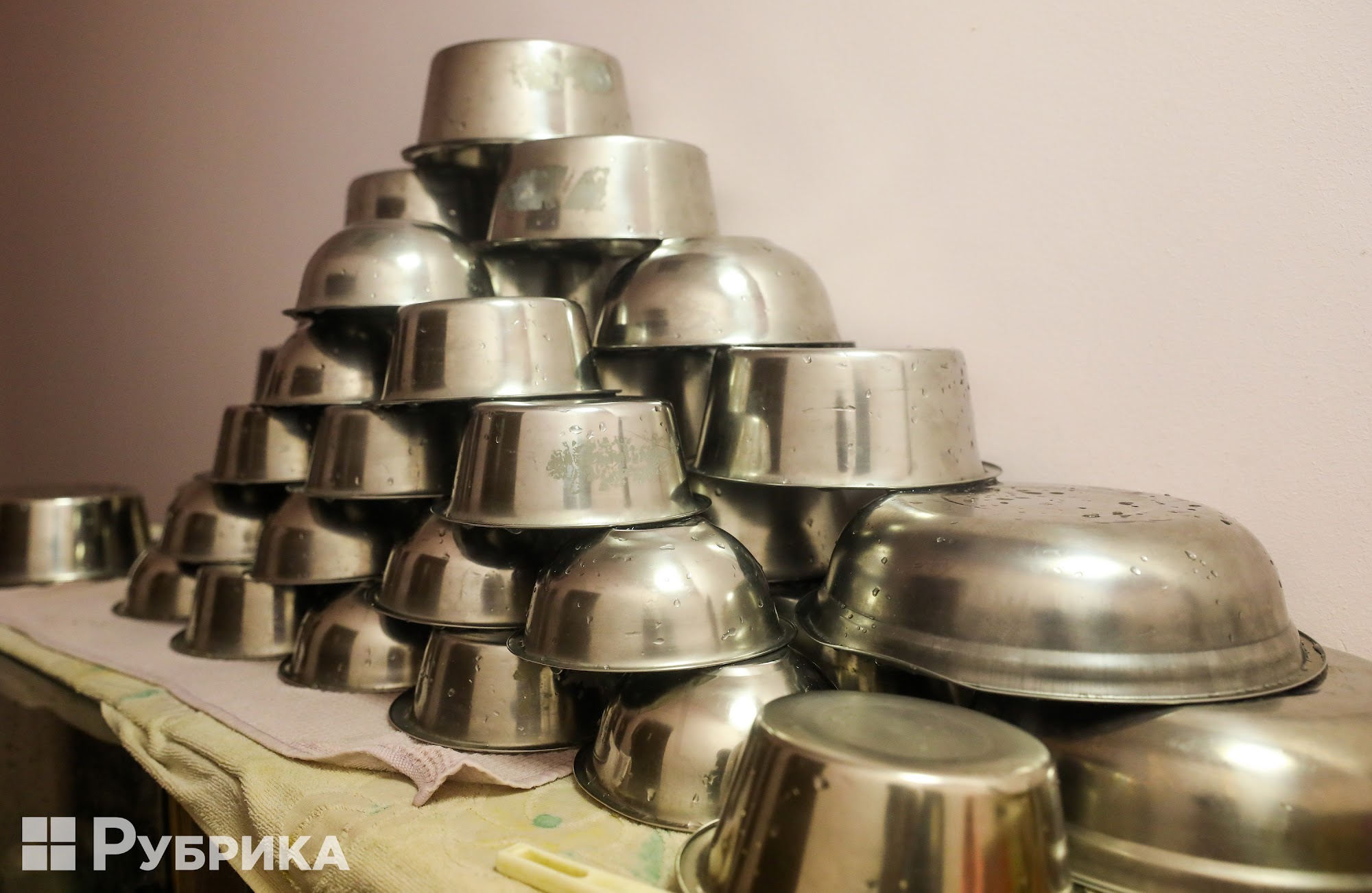
"Thanks to the fact that they walked, played, and talked with him, the dog changed. You can safely keep him in the apartment, and he does not want to bite someone. I don't expect surprises from him; his behavior is absolutely predictable," Natalia shares.
How to choose "your dog" for a walk?
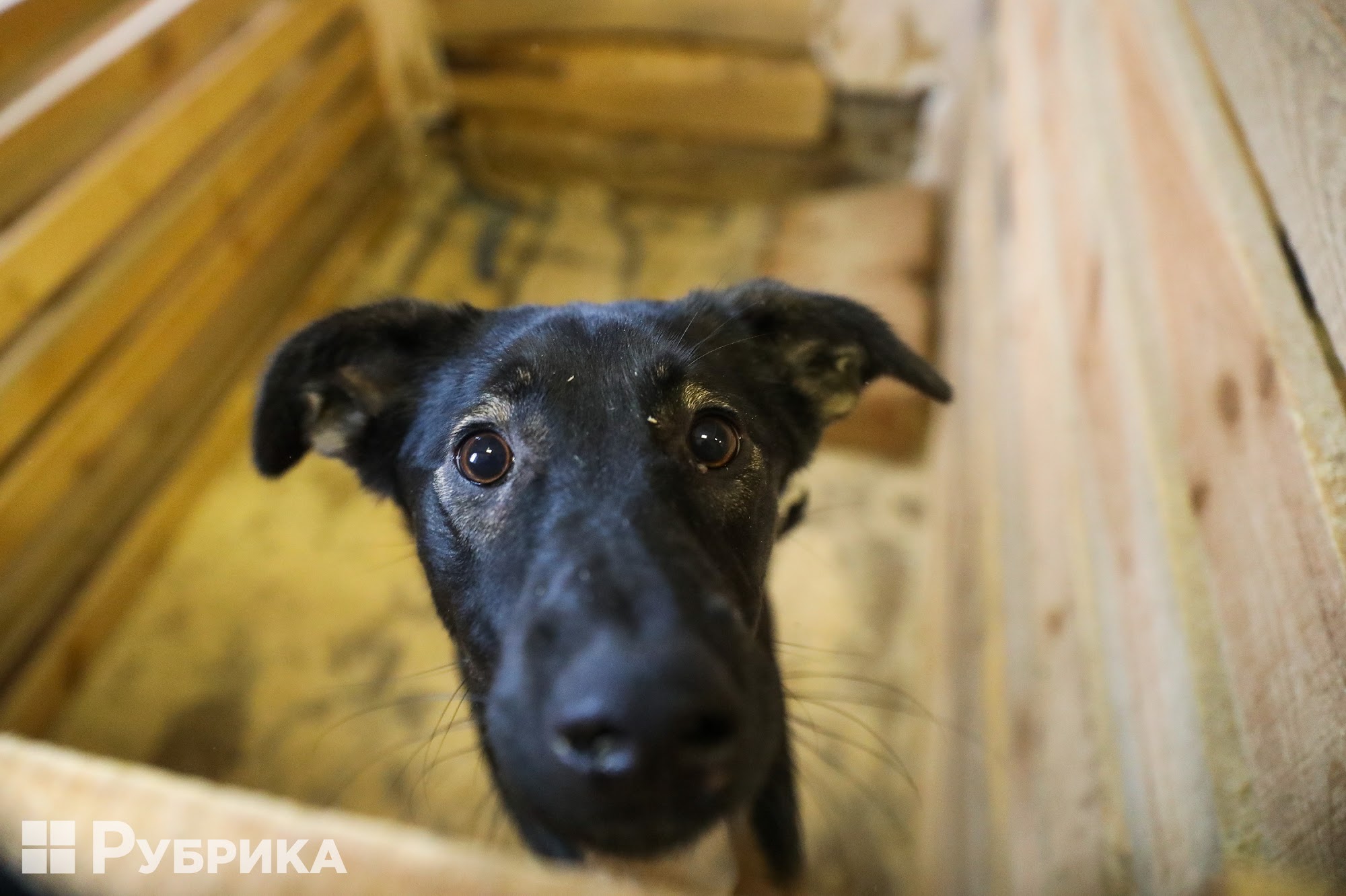
"Some people come here as if they were going to a petting zoo," Ivan, an employee of the temporary shelter, shares his thoughts.
When choosing a dog, you should not "hunt" for the breed. The parameters that should really interest you when choosing an animal are the compatibility of your personalities and the size of the dog:
"When a person comes for a dog, we ask what kind of dog they would like to take. We take into account the wishes and make our own adjustments. For example, if this is a child or teenager, then the dog should not be too big — so that the child can hold it and not be injured. We select the animal according to temperament," Natalia says.
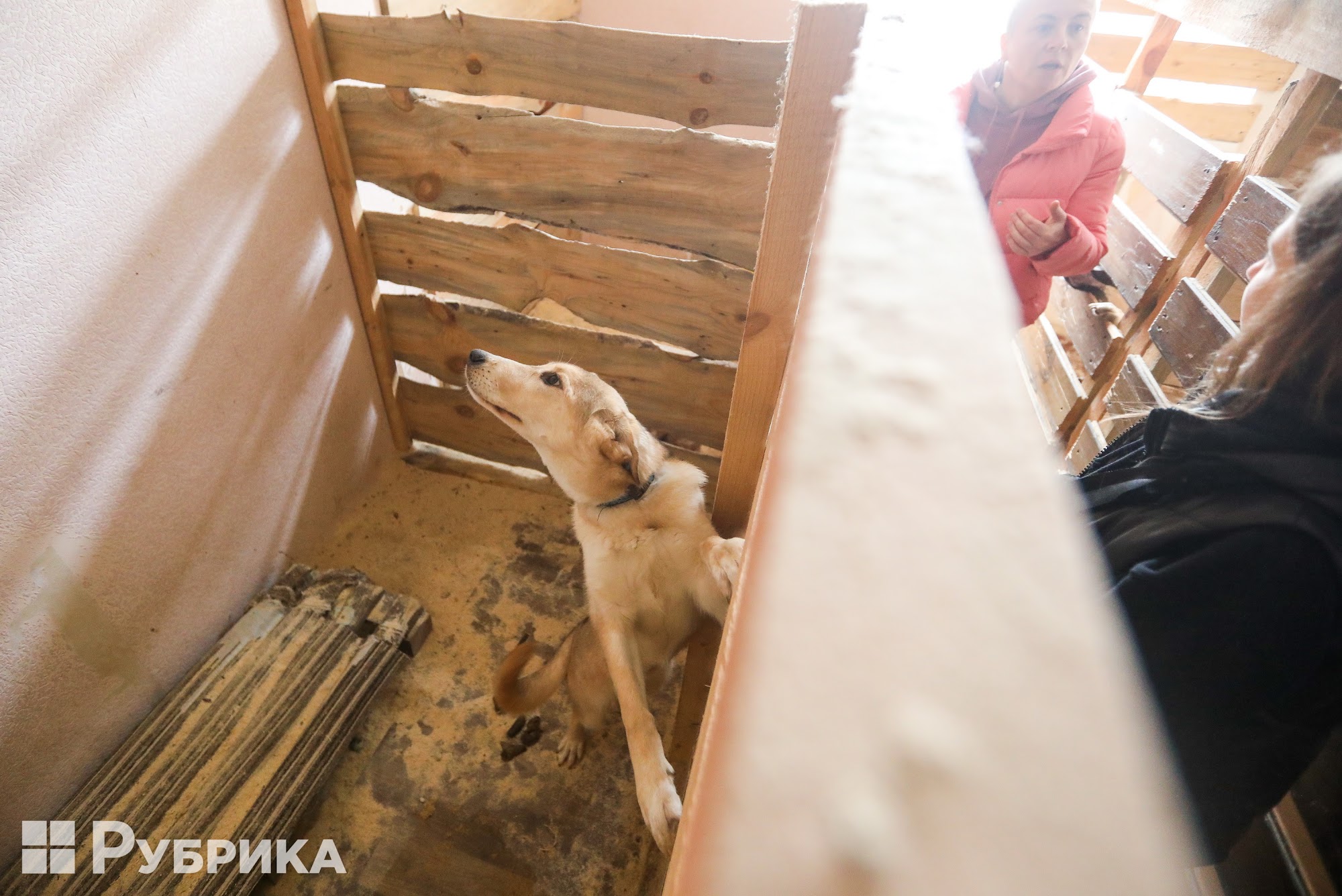
You can come to walk the dog any day, but strictly at certain hours, since the dogs must strictly follow the schedule:
From 9:00 to 11:00 – morning walking;
From 15:00 to 17:00 – evening walking.
The shelter itself is easy to find on the territory of VDNG. It is located behind the ice arena, in pavilion 1P16. You can see the exact address on the map here.
Where and how to sterilize your animal for free?
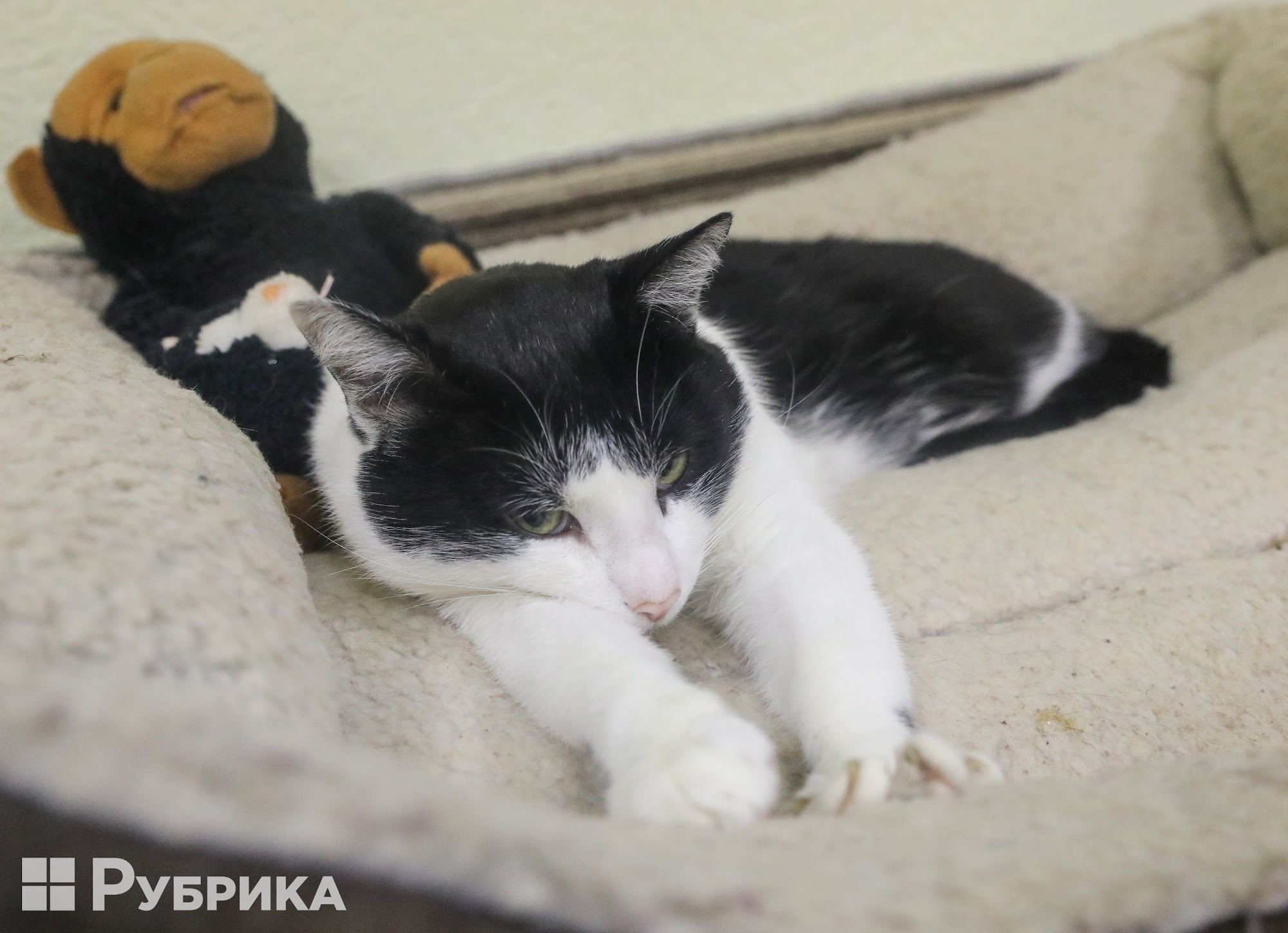
Rubryka has already written about why it is so important to sterilize animals. By doing this, we limit uncontrolled reproduction, and as a result, the more cats and dogs go through the procedure, the fewer animals will eventually die on the street from disease, cold, and hunger.
Now the temporary animal shelter VDNG with the support of the Happy Paw Foundation, provides free sterilization of pets and vaccination against rabies.
Who helps the shelter exist?
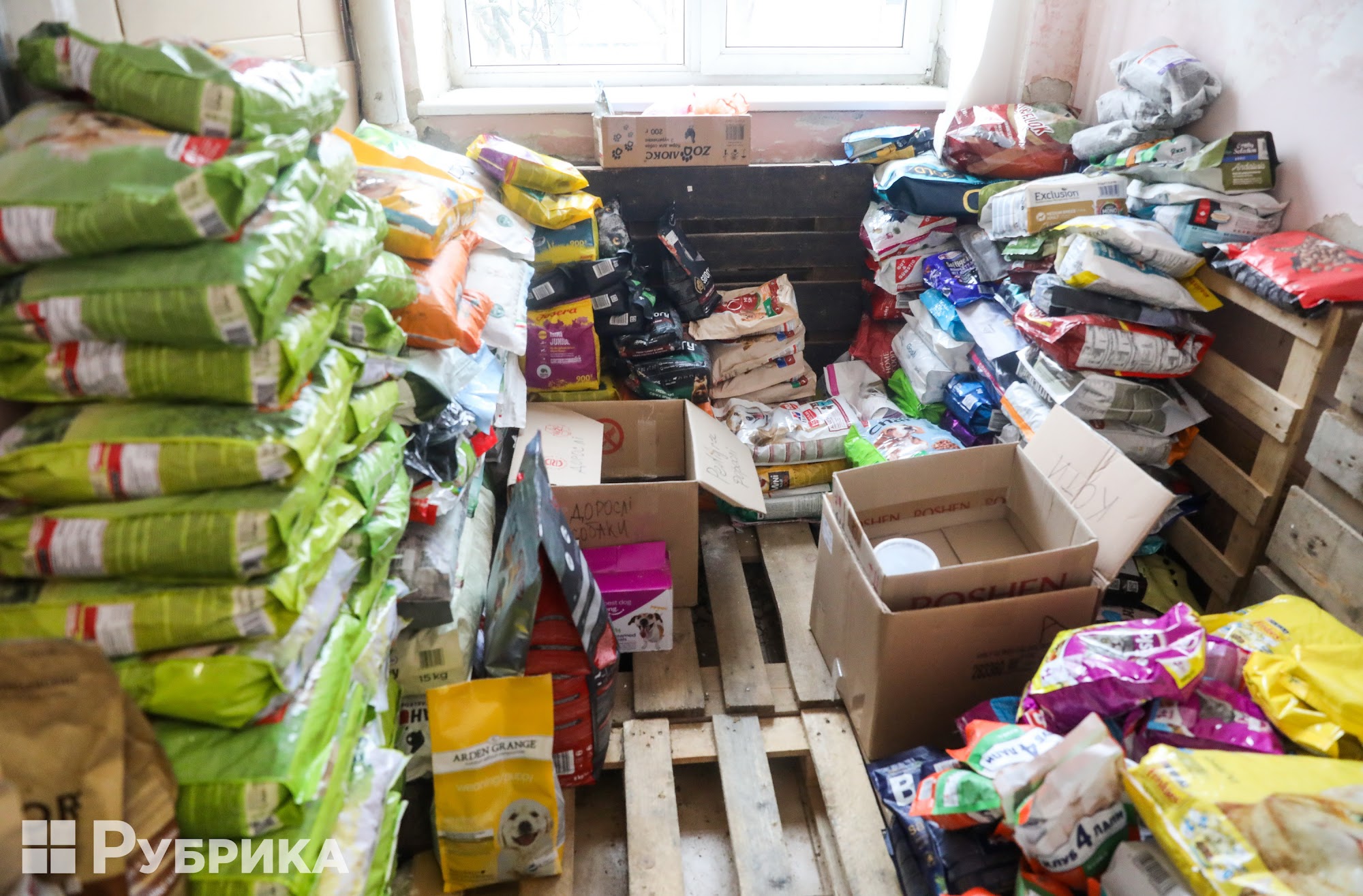
The shelter is part of the municipal enterprise "Kyiv City Hospital of Veterinary Medicine" and is financed from the city budget. People taking a dog or cat from a shelter receive a healthy, sterilized animal vaccinated against viruses and infectious diseases. Money for food and treatment is included in the expenditure item from the city budget, but these funds are not always enough.
Fortunately, volunteers are joining. On the interview day, we crossed paths with a group of Kyiv College of Applied Sciences students. The guys organized themselves and brought food for animals to the shelter. Thanks to such people, the shelter keeps afloat.
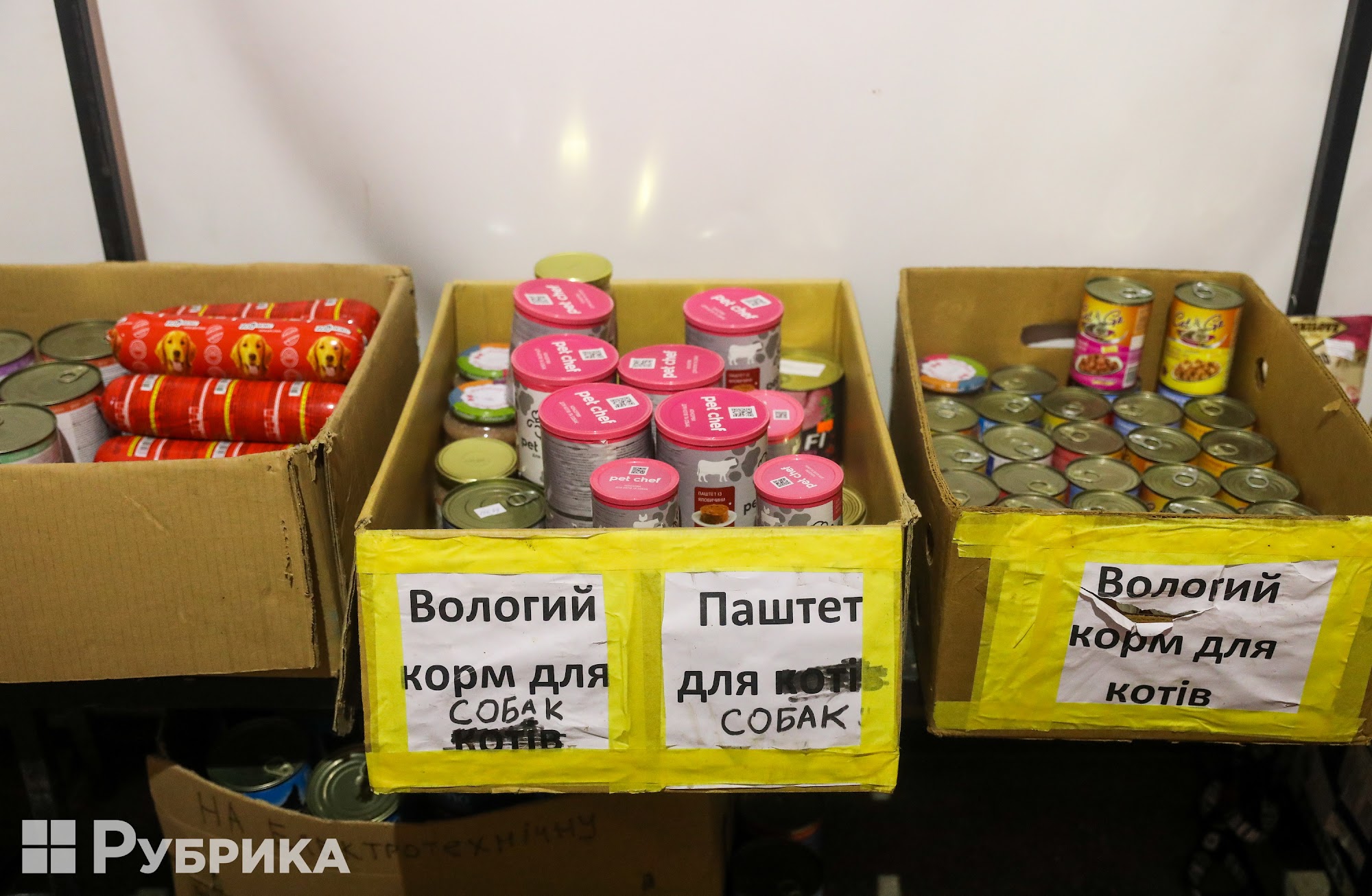
Help the shelters prepare for the cold winter: if you can volunteer, do it; if you are ready to walk the shelter residents, don't put it off; if you can help with the provision of energy or food, don't hesitate; help is definitely needed. Do not forget to take care of the animals and give them warmth even in the most difficult times.


